While the Pomeranian may trace its ancestry to Germany, the Tosa can trace its ancestry to Japan. It’s possible that a Tosa may reach a height of 54 centimeters (about 22 inches) and will tower above a Pomeranian. It’s possible that Tosa weighs 86 kilograms (about 190 pounds) more than a Pomeranian. It is possible that the Tosa has a lifespan that is 4 years less than the Pomeranian. It’s possible that Tosa puppies are larger than Pomeranian pups. Tosa needs little care and attention. Maintaining a Pomeranian, on the other hand, is just somewhat difficult.
History
Tosa
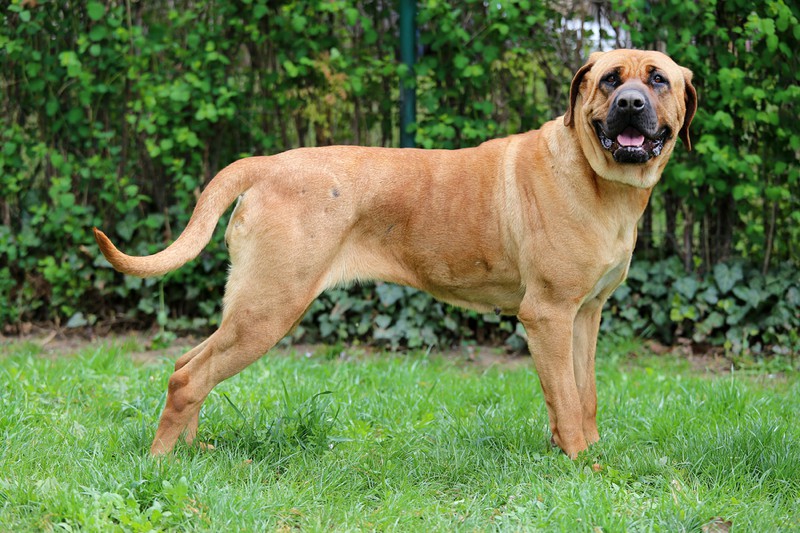
The Tosa is a breed of dog native to Japan. It is sometimes known as the Japanese Mastiff. Because they were first raised in the Tosa Province, the dog has the name of its origin.
This is why you may also hear them referred to as Japanese Mastiffs. Unfortunately, dogfighting with the Tosa, a rare breed, is still practiced in Japan.
Some nations have banned the breed of dog because of safety concerns.
In the second part of the 19th century, many dog breeds were used to create this stronger, bolder canine.
Pomeranian
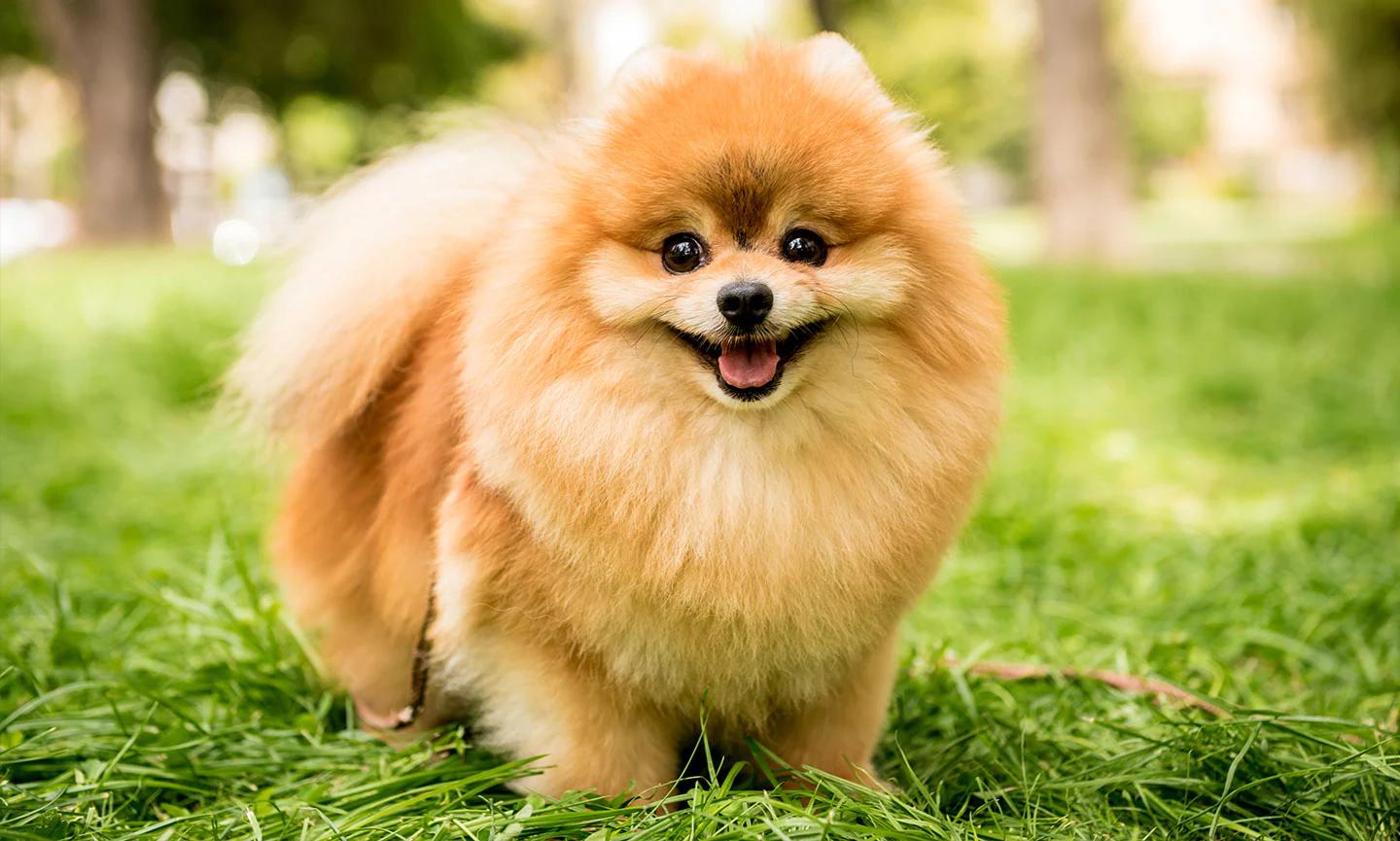
Pug descended from a Pomeranian Pomeranians, or “Poms,” are a toy dog breed descended from Arctic Spitz dogs. The dog’s ancestry is believed to lie with bigger Spitz-type canines, notably the German Spitz.
There are records of this dog breed dating all the way back to 1764, so it’s safe to assume it’s rather old. It is speculated that the Pomeranian region of northern Poland and the German Baltic coast provided the inspiration for the name of this little dog.
In 1891, the first breed club for this kind of dog was founded in England. The first breed standard was drafted not long after. The Pomeranian Dog is classified as a variety of German Spitz in the 1998 standard.
Description
Tosa
The Tosa is a big dog, but there’s a wide range in size among individual dogs; in fact, due to their penchant for fighting, Tosa is classified as either light, medium, or heavy.
Dogs of this breed typically range in size from 62 to 82 centimeters in height and 54 to 90 kilograms in weight. The jaws are strong, the eyes are dark brown, and the skull is massive, while the ears are tiny, placed high, and floppy.
In addition to having a wide, dewlapped neck, this species also has a long, thick tail that tapers to a sharp end. A short, dense coat in a deep caramel, fawn tan, black, or brindle coloration characterizes this breed. A black mask is a common feature of the dog’s appearance.
While the Tosa is a bold and fearless dog, it is often a quiet one. He’ll benefit from having a leader that is steady and firm with him. This dog has to be trained and socialized immediately.
After enough socialization and training, he may become a pleasant household companion. He is very responsible in his function as a guardian.
Pomeranian
I’ve never seen a puppy so cheerful and cute as this one. His height and weight are wildly inconsistent, fluctuating between 17 and 28 centimeters and 1.5 and 4 kg, respectively.
He’s a tiny little ball of fluff with perky ears that stand straight up and a foxy look thanks to his well-feathered tail that curls over the dog’s back.
Its coat is full and lively, rising up around the dog rather than resting flat. While many other hues are possible for coats, tans, reddish oranges, and cream tans with black markings are the most prevalent.
The Pomeranian puppy’s vivacious personality shines through when you gaze into his doe-like eyes. He has a large social circle and a big personality. They’re smart, motivated, courageous, devoted, and lovable.
They are full of energy and intelligence well above their size, so the time spent training and socializing him will pay huge dividends in the form of a well-behaved companion you can take everywhere. As a result of bonding with their owners, they become overly protective of them.
In spite of their reserved demeanor, they make excellent guard dogs since they are naturally suspicious of outsiders. They’re kind to household youngsters and open to befriending other pets.
Characteristics
Tosa
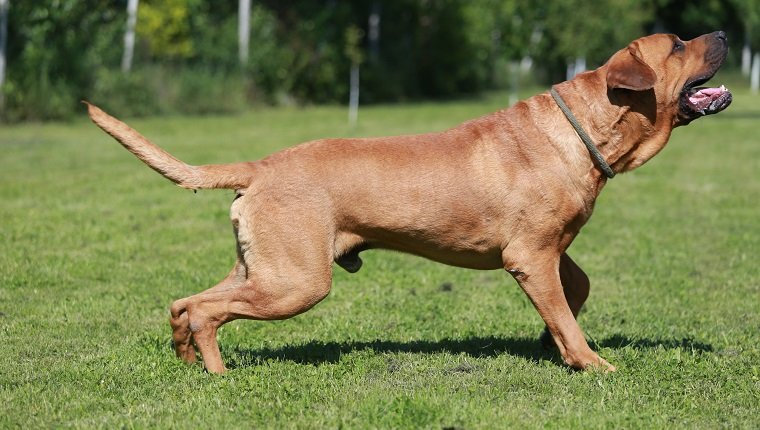
Inexperienced dog owners should avoid the Tosa because of the breed’s potential for aggression. In addition, one must exercise caution around children, especially those who lack self-control.
In addition, he is not suggested urban apartments or houses with limited space. He has to be taken for walks more regularly than the average dog since he is too large to stay indoors.
Because you want him to be the kind, patient dog he can be, you’re working to provide him the best possible environment to flourish in. This large dog is looking for a master that is fair, firm, kind, patient, and consistent. If you take good care of him, he’ll become a loving companion.
Pomeranian
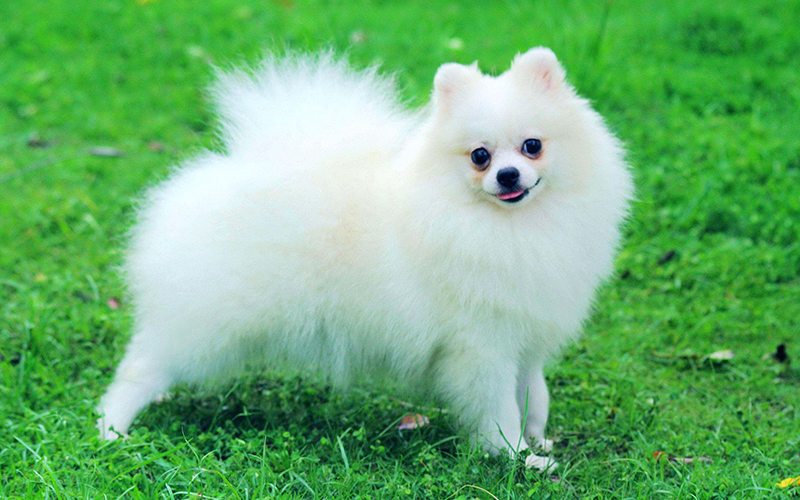
To top it all off, Pomeranians are lively, intelligent, and sociable small dogs. You can simply teach this devoted canine basic manners like “sit” and “lay down.”
Still, he won’t want to stay in bed for very long since he’s full of beans.
Because of his vigilance, he makes a fine guard dog. You won’t be let down if you decide to adopt one of these dogs and keep him as a pet and friend.
Health Problems
Tosa
Despite its intimidating molossoid appearance, even the huge, placid Tosa may become sick. The bloat, hip dysplasia, and eye issues are just a few of the illnesses you should be on the lookout for.
In this dog, bloat is potentially fatal and generally occurs when the animal is too hungry and eats too rapidly. When gas builds up in the stomach and there is no way for it to leave, a condition known as bloat develops. Instead of one large meal in the morning and another in the evening, split the food up and feed your dog many smaller meals throughout the day.
Selecting a reputable Tosa breeder can greatly assist in the reduction or elimination of health problems. This is hardly the kind of dog you’d find at a rescue group’s shelter.
Pomeranian
You shouldn’t worry too much about your Pomeranian puppy’s health. The average lifespan of a Pomeranian is 12–16 years with proper nutrition and activity.
This article will discuss some of the most prevalent health problems that you may face.
For the patella to dislocate, the patella groove in the knee must be shallower than normal. This results in the patella dislocating from its normal groove. The patella can’t go back to where it should be because the muscles are still tight.
Pomeranians Often Have Eye Issues Tear duct and cataract issues are two of the most common canine eye complaints. Dog owners should take their pets to the doctor if they notice any symptoms related to the eyes.
Airway obstruction caused by a collapsed trachea. Intense leash pulling might cause your dog to develop a persistent dry cough.
Every little dog has to deal with teeth and gum issues that might result in premature tooth loss due to dental disease. Make sure to examine inside your Pomeranian’s mouth every time you brush him, since a damaged tooth may result in not only discomfort, but also serious health issues.
Caring The Pet
Tosa
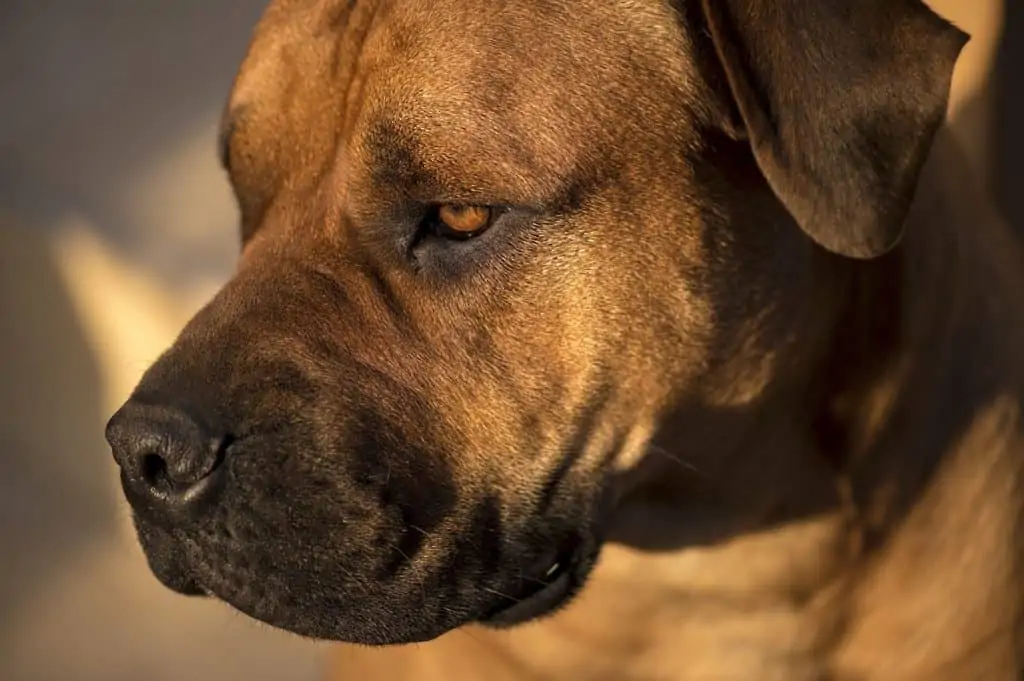
High-quality nutrition is beneficial for these massive canines. If you decide to purchase commercially prepared food for him, make sure it is of the highest quality and is free of unhealthy additives like preservatives, colorants, and fillers.
The better ones will feature beneficial minerals and vitamins, so be sure to spend your money on them. Home-cooked meals, such as boiled chicken, brown rice or pasta, spinach, sweet potatoes, and carrots, are a great addition to your dog’s diet.
Keep your dog away from stuff like chocolate, peanuts, chips, grapes, onions, and anything spicy. That’s a certain recipe for stomach trouble and a trip to the vet for you and Fido.
Fresh, cold water should be readily accessible at all times.
The Tosa’s short coat doesn’t call for much maintenance. A thorough brushing twice a week will remove any stray hairs and maintain its luster and sheen. This is why the dog has a reputation for being easy to care for.
When that’s done, he should have his nails done. Look for parasites like ticks and fleas, strange lumps, and redness in his ears when grooming him.
These dogs are easygoing and low-key because of the regular exercise they receive. Nonetheless, he has to exercise regularly to keep in excellent shape. Playing catch or going for a long stroll in the fresh air are two classic outdoor activities. This huge dog will love going on hikes in the countryside.
Pomeranian
High-quality nutrition is beneficial for these massive canines. If you decide to purchase commercially prepared food for him, make sure it is of the highest quality and is free of unhealthy additives like preservatives, colorants, and fillers.
The better ones will feature beneficial minerals and vitamins, so be sure to spend your money on them. Home-cooked meals, such as boiled chicken, brown rice or pasta, spinach, sweet potatoes, and carrots, are a great addition to your dog’s diet.
Keep your dog away from stuff like chocolate, peanuts, chips, grapes, onions, and anything spicy. That’s a certain recipe for stomach trouble and a trip to the vet for you and Fido.
Fresh, cold water should be readily accessible at all times. The Tosa’s short coat doesn’t call for much maintenance. Thorough brushing twice a week will remove any stray hair and maintain its luster and sheen. This is why the dog has a reputation for being easy to care for.
When that’s done, he should have his nails done. Look for parasites like ticks and fleas, strange lumps, and redness in his ears when grooming him.
These dogs are easygoing and low-key because of the regular exercise they receive. Nonetheless, he has to exercise regularly to keep in excellent shape. Playing catch or going for a long stroll in the fresh air are two classic outdoor activities. This huge dog will love going on hikes in the countryside.